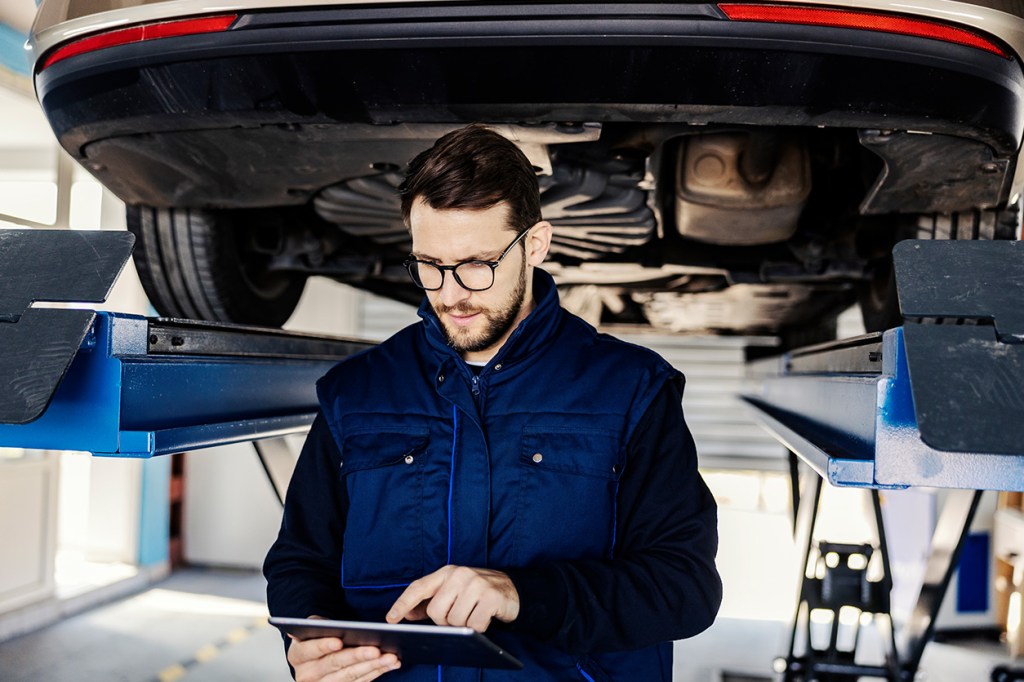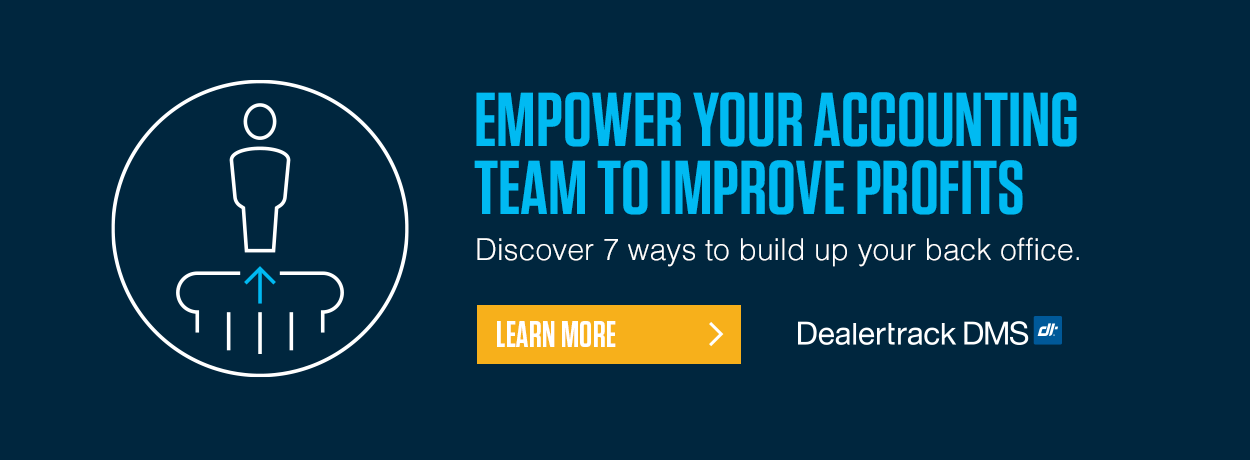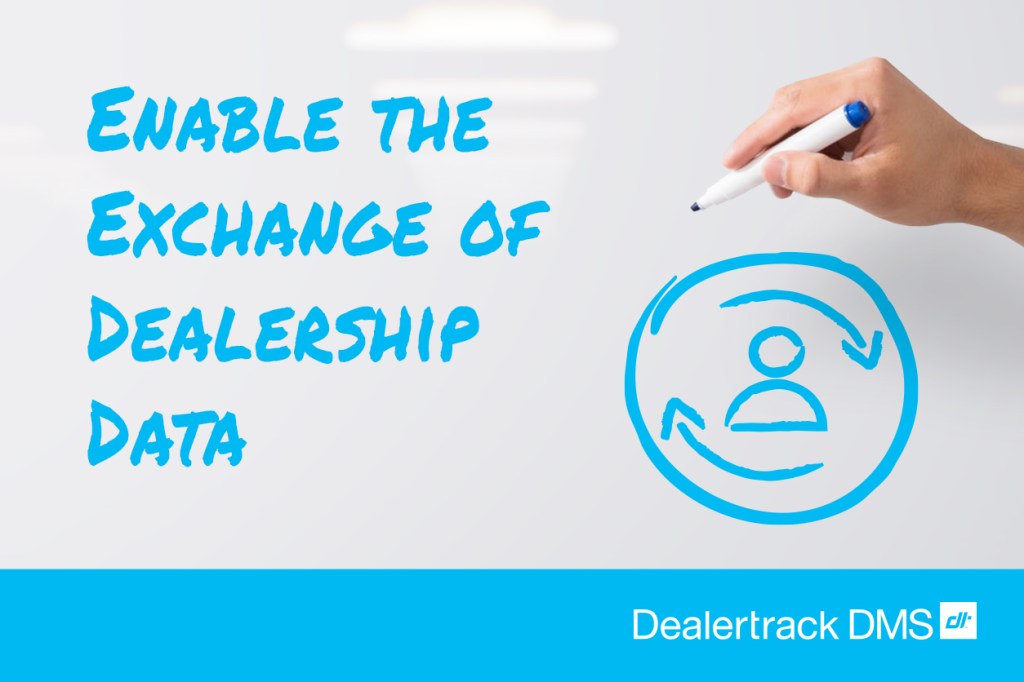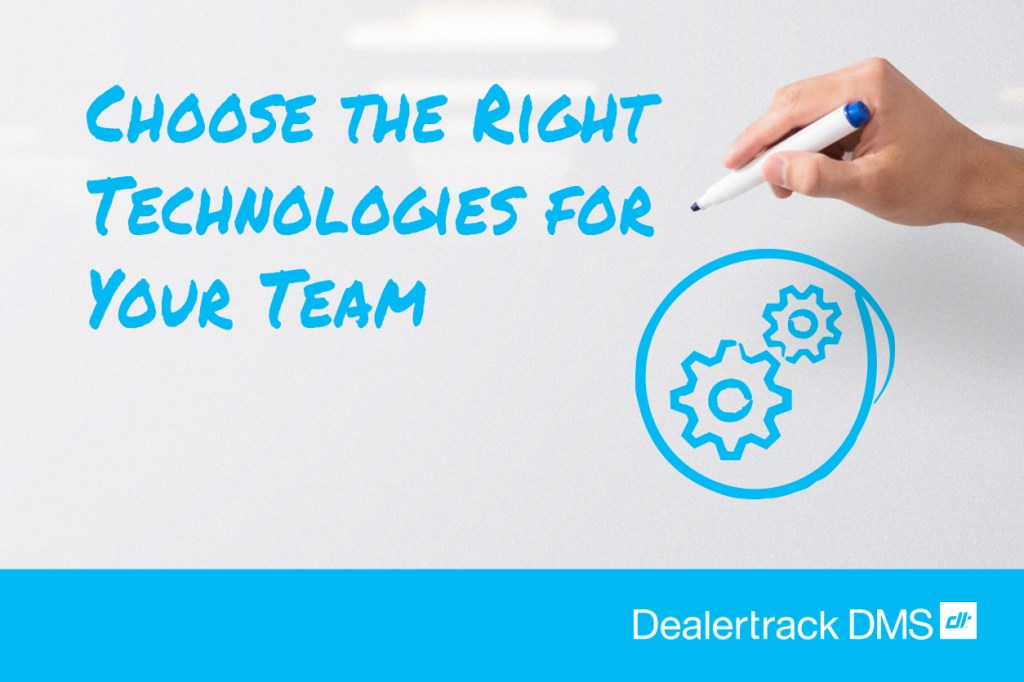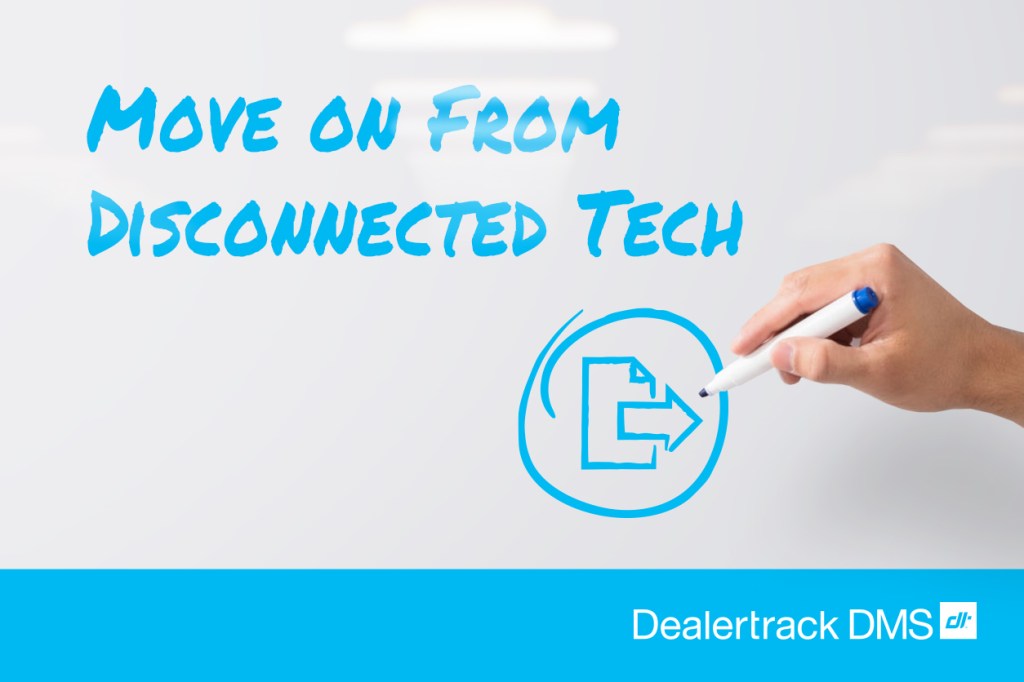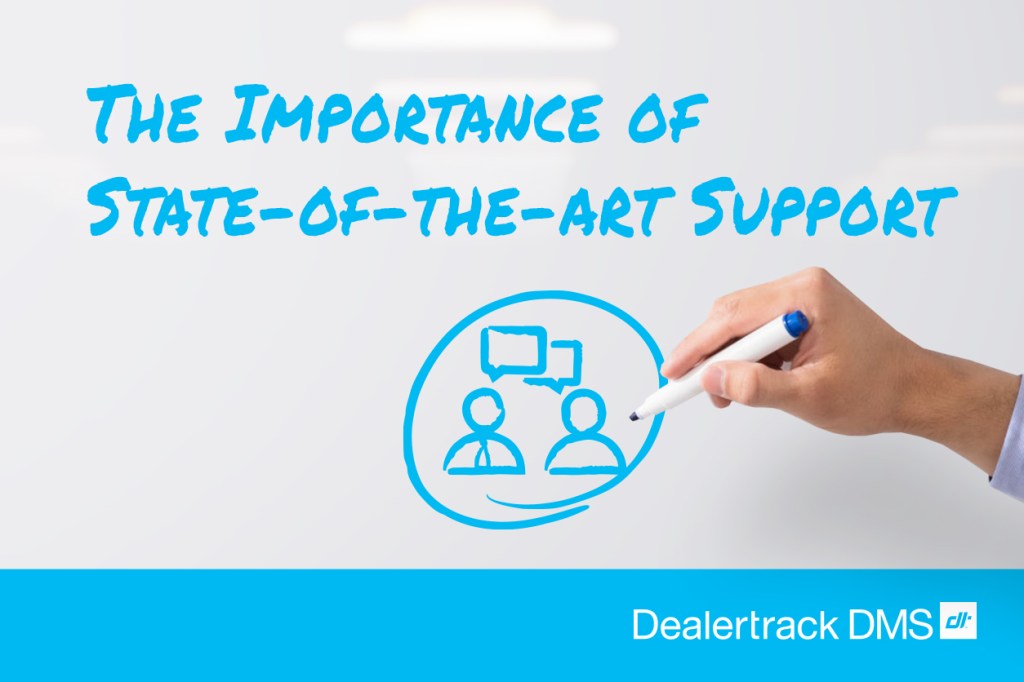It’s the beginning of a brand new year—and that means many of you are likely in goal-setting mode. With a challenging 2020 and 2021 behind you, how are you planning on achieving profit growth? Inventory shortages are here to stay. And dealers still face staffing and hiring challenges as recent reports show that we’re roughly 3.6 million jobs below February 2020’s numbers.* If you’re not utilizing your dealer management system to track your business’s performance—and to identify actual steps for improvement—I can help. In fact, your DMS is where you should start before you go too much farther. Here’s how to utilize the DMS to track, optimize, and improve the performance of your dealership.
The Dealer Management System and Data
The DMS running your business is like a giant calculator working behind the scenes, generating data, and keeping track of your business’s performance. And once you learn how to tap into that data and uncover its potential, you can unlock the hidden potential of the DMS that allows you to make the decisions that steer your dealership toward profitability.

Small Steps Add Up, Big Time
When it comes to goal-setting, again, the start of the year tends to be primed for big goals like “increase profitability.” The problem with a broad, or even vague goal, like “make more money than last year,” is that businesses often make bold changes (see: unsustainable) to attain them. There are actually very small steps that you can make, on a day-to-day basis that empower your managers, service staff, and the entire organization to improve performance.
Know Your Numbers
It all begins with knowing your numbers, what they mean, and discovering ways to improve them. When I work with my dealer partners, I always take a look at a dealer’s Gross as a Percentage of Sales. Your Gross Profit as a Percentage of Sales is one key metric that will help you understand how you’re performing. Take a look at the graphic below:
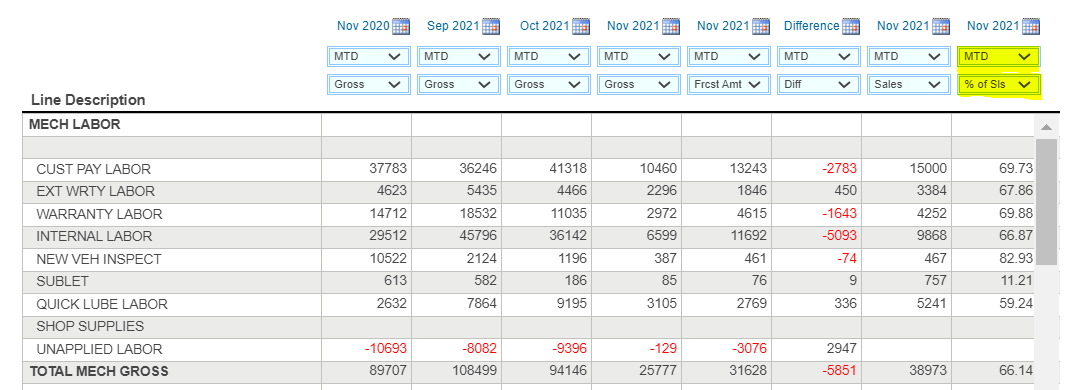
Simply put, Gross Percentage reflects how much money is retained on a dollar sold. For example, a dealer with a 65% Gross Percentage, earns $65 of Gross Profit on a $100 sale. If you could improve that metric to say 70%, you’d keep an extra $5 per $100 sold. (Do the math on how many dollars in sales you do, in any given time period, and it starts to add up fast!) Easy right? Well…maybe not easy. But, it’s well worth the effort.
Now You Know. Here’s How to Improve.
So let’s look at some ways to improve Gross as a Percentage of Sales. Starting with the report pictured above, and following the five basic steps outlined below, your DMS has the data you need to set actionable goals.
- Know your current Gross Percentage – Dealertrack DMS users can find this data easily in your Dealertrack DMS DOC’s or Labor Profit Analysis. (Ask your Performance Manager to help you if you’re lost.)
- Set a realistic and attainable goal – Process and profitability improvement is not a quick and constant fix. It requires attention and effort, so aim for modest initial improvements and continually move the bar.
- Communicate often – Help your team understand why you’re trying to improve, what the goals are, and what the overall benefit will be. This can help generate buy-in and improve effort from all team members.
- Track and measure performance – Identify low Gross Percentage RO’s through consistent reviews of Labor Profit Analysis in the DMS. Don’t wait until the end of your quarterly business review to find out you have an underperforming department or team member.
- Analyze performance to improve – Understand the root cause of low performance and develop strategies around them. Do you have a lack of skills training that could help a team member improve performance?
To improve Gross Percentage, you must find ways to improve the gap between cost and sales. In an already highly competitive market, this may mean improved dispatching processes, eliminating single line RO’s, managing discounts, or other techniques catered to your needs. The key to any of them is focus. Stay focused on the objective, give it the attention it deserves, and watch your numbers soar!
Run Your Dealership Your Way
Ultimately, the way you run your dealership business is, well, your business. And the technology providers you choose to partner with should be just that: partners. If you don’t have a flexible partner in your corner helping you unlock the data you need to further your goals, it may be time to find a new one. As a Dealertrack DMS Performance Manager, it’s my goal (and my job) to ensure you and your entire team are optimizing the technology driving your dealership. If you’re heading to Las Vegas for this year’s NADA Show, my team of dedicated industry professionals will be on hand to showcase all the ways our DMS, backed by Cox Automotive, can help.
Are you going to NADA Show 2022? Our team has several new enhancements and integrations designed to streamline Sales, Marketing, Service, and Accounting—don’t hesitate to book your demo today.

About the Author | Michael Panozzo

Michael Panozzo is a Senior Dealertrack DMS Performance Manager who works with dealerships to maximize DMS utilization and drive process and profit improvement. Michael came to Cox Automotive in 2016 after a 15-year career working in and managing auto dealerships where he honed his skills in operational excellence.
Source:
*Hireology Report: December BLS Jobs Report: Prioritize HR Investments


